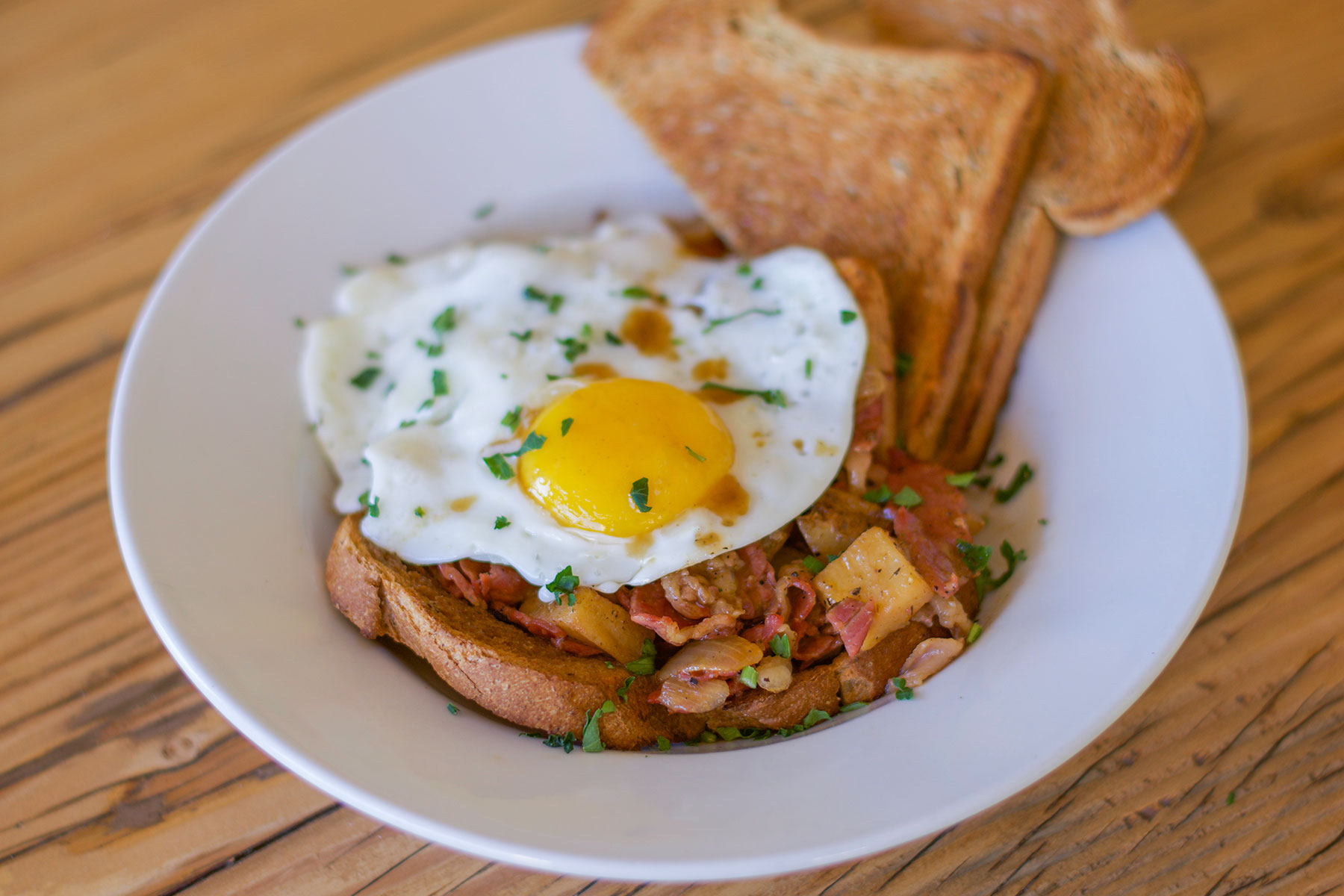
“There is no such thing as a bad beer. It’s that some taste better than others.”
-Bill Carter, Documentarian
Let’s be straight here. Beer is a phenomenal thing. A true wonder of the world on someone’s list somewhere. The dark, the light, the in-the-middle brown, the sour, the salty. It’s all good.
It’s also expensive. I mean, relatively speaking, depending upon how much you consume on a weekly (or daily) basis, beer represents another expense. And if you’re a cost-conscious DIYer, there’s no reason you can’t bring those costs down considerably while simultaneously increasing the amount of the beloved beverage you surround yourself with.
But where to start?
Unlike most recipe-based businesses, brewers are a laid back sort, for the most part. They’ve forged a strong community and share graciously. One of the items often shared is the recipe, or recipes, for making their beer at home. This brewing – or attempt at brewing – a commercial beer at home with the intent of replication is called cloning.
But the recipes you’ll find aren’t typically step-by-step instructions. They tend to be more ingredient-focused and not method-focused.
Nevertheless, clone brewing is a great way for beginning brewers to learn how to make great beer.
For one, it provides a reference point for comparison. If something tastes off, would-be brewers can sample the original to help fine-tune the recipe. Secondly, clone brewing provides a real-world groundwork for teaching how ingredients are used. This sets new homebrewers on the path of eventually formulating their own recipes.
“Beginning brewers should start with well-established clone recipes,” said Mr. Beer and Everything Homebrew brewmaster Josh Ratliff. “The internet is full of clone recipes for many popular beers. The American Homebrewers Association is a great place to start as they have a huge database of clone recipes.” (American Homebrewers Association Clone Recipes)
For recipes in which grains, hops, and other ingredients used are shared but not the exact amounts or percentages, Ratliff says brewing has a lot of “rules of thumb” that can help you figure it all out. Knowing how to determine (we’re going full-on beer nerd here) original gravity and final gravity of the beer, color (SRM), and hop bitterness (IBU) are also crucial in brewing a successful clone.
Lucky for you, there’s an additional option for help. And it’s local. If you’re having problems figuring out a clone recipe, or there’s one that you really want to make, but can’t find info for, get in touch with the crew at Everything Homebrew. You can just pop in, or keep an eye out for their upcoming fall class schedule, which will include classes on cloning and recipe formulation.
Also, as an added bonus simply mention this article and Everything Homebrew will give you 20% off nearly everything in the store. Reach out to them directly for details.
One last tip: clone recipes will always come out closer to the real thing when brewed as an all-grain (AG) batch. Almost every AG batch can be converted to a partial mash recipe if you don’t have the equipment or time for an AG recipe. And Everything Homebrew will help convert recipes for you, too.
For more information and supplies, visit Everything Homebrew at 3366 N. Dodge Blvd. Keep up with them on the Everything Homebrew Facebook page.
This is a paid feature. Learn more about Tucson Foodie Advertising Options.